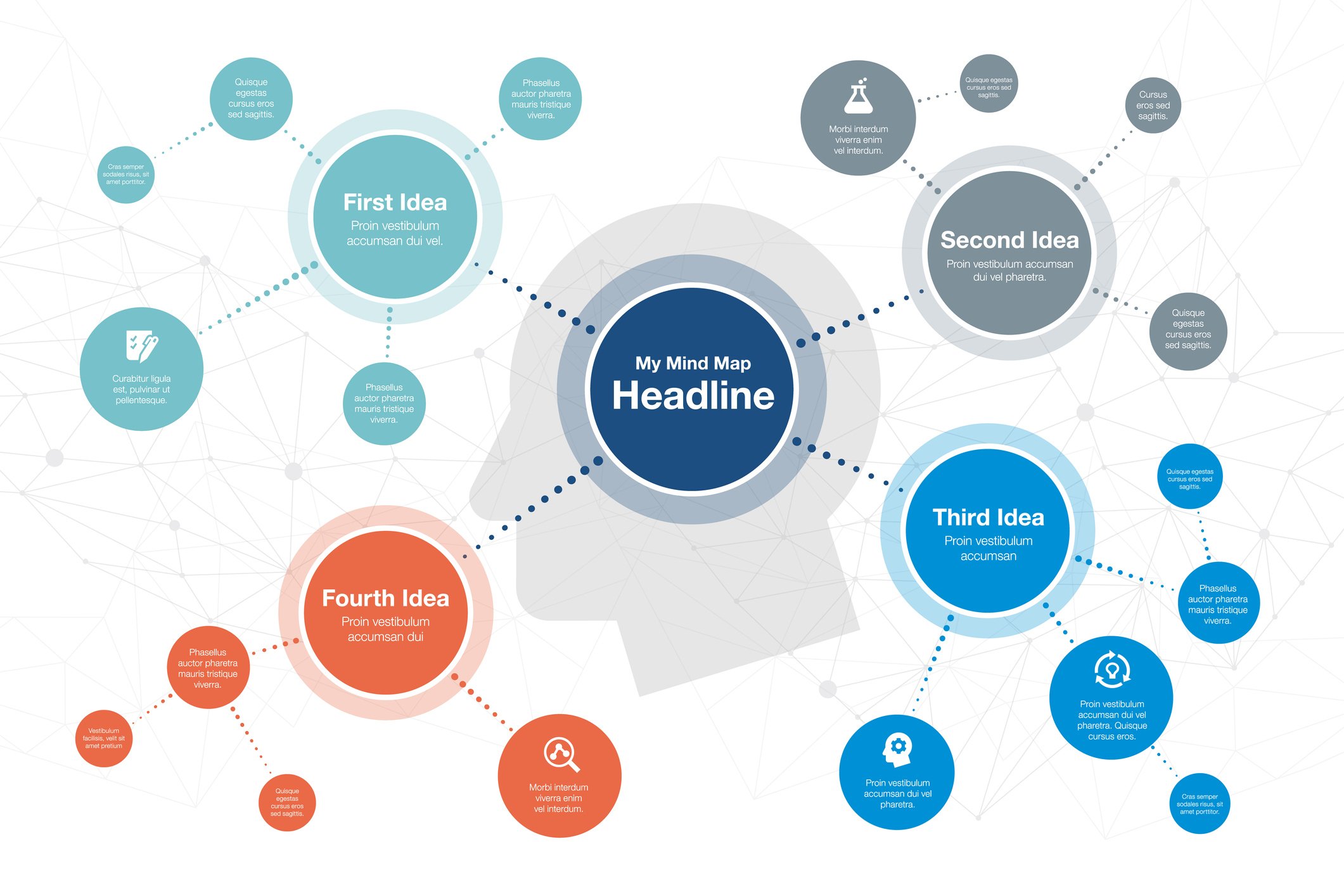
By Nicki Kamau
Writer’s block. It’s happened to everybody. You sit and stare at a blank page and wait for ideas to float in, but nothing comes. A few months ago you might have had the time to set the project aside for a day or two and focus on something else, but you no longer have the luxury of spare time. One of the many effects of the current state of our world is marketing teams are thinning out. We are now facing the challenge and opportunity to be as nimble and productive as possible, with potentially fewer team members and smaller budgets—all while creating a necessary shift in our messaging.
When the clock is ticking toward the end of the day or week and you need to come up with your next set of blog topics fast, don’t panic over a lack of inspiration. Instead, use these tips to put a plan in place before you hit the beyond stressed phase.
Here are our top five tactics for saving time on content generation:
1. Create a Stockpile of Ideas
You may be thinking, “But I’m already behind! How can I focus on getting ahead if I’m trying to catch up?”
I hear you. I am you.
Here’s my tip: Start passively “getting ahead” now. Don’t wait for a deadline to force your brain into being creative—it won’t work. Keep a notebook or a digital file for ideas, and whenever one comes to you, write it down before you forget it. Did you see an interesting article? Copy and paste the URL, along with a sentence or two about why it’s relevant. Think of a catchy title? A compelling campaign? Into the notebook it goes.
Here at SmartBug®, my team has an ideas list in our project management system that we regularly add to. Whenever we’re stumped on campaigns or looking for new blog topics, we get our inspiration from this collection that our past selves have curated for us.
Another way to make sure you’re making use of your ideas (and they’re not just collecting virtual dust) is to set a weekly time on your calendar to transfer them into your editorial calendar.
As always, building out a content calendar and plan is the best practice for long-term stability. You can have a plan and still be flexible.
2. Map Your Mind
A mind map is a visual diagram of your thoughts that tiers off and can display anything from a process, to goals and action items, or topics and sub-topics. When everything is in a jumble and you can’t figure out what to create next, take a minute to make a mind map. By breaking your topic (for example) down into bite-sized, easily manipulated pieces, you can reset and re-organize your thinking and create a roadmap for moving quickly ahead at the same time.
When I have a content idea but my brain is a mess and I keep getting pulled in different directions, I create a mind map. I often find that I have more than one piece of content that are being merged together, which is what caused the mess in the first place. This helps me clearly parse out the goals of communicating each topic and move forward with multiple, targeted pieces.

Tip: Start your mind map with your overarching goals in the biggest circles. Then organize and attach the thoughts and ideas you have to those goals in the smaller circles attached by spokes on the mind map, and tag where the piece falls in the Buyer’s Journey.
3. Dictate Your Content
In what feels like days long past, we would have suggested using your commute to dictate your thoughts and save time by multi-tasking. But we’re not there now are we? Pocket that thought for later and instead, block some time on your calendar to dictate while moving around by taking a walk, or if you have one - cruising on a treadmill or stationary bike. Taking a break from your screen will free up your brain for new ideas. Download a voice recording app (or buy a standalone voice recorder) and start dictating your content. Speaking engages different areas of your brain than writing and can spur you on to new levels of creativity. Later, you can transcribe the audio yourself, use free software to do the work for you, skip transcribing and instead jot notes down from your ramblings—or to save even more time, you can use a voice-to-text transcription program when you dictate instead of recording your voice. (In case you didn’t know, Google Docs has voice typing.)
4. Reduce, Reuse, Recycle
Sometimes your best content is the content you already have. When you’re down to the wire and need to produce something now, take a look at your existing library to see if you can repurpose content. A quick click or two into your data can tell you which content has the most views, highest conversion rate, or highest entry traffic. Focus on improving and promoting the unicorns that are already proving to be valuable to your audience. Blog posts can often serve as the basis for a new kit, e-book, or white paper. Conversely, premium content like e-books and white papers can be segmented into targeted blogs and lead nurturing emails. Take a little time to edit, rearrange, and improve, and you can have new content from old before you know it.
5. Engage Someone Else’s Brain
Whether you’re working a month ahead and need to brainstorm blog titles (kudos to you!), or it’s Friday afternoon and you have to outline an infographic before you can move from the office half of your kitchen table to the dinner half, collaboration is key when your brain is empty. Call or message a colleague who can help bounce your ideas around, even if it’s just for five minutes. Tell them what you have in place and what your goals are and then let them at it. Their thoughts, feedback, and questions will help you clarify what you want your content to look like and may even give you completely new ideas.
Bonus: Amplify Your Reach
While you’re creating or updating your content, look for natural places to feature your favorite partners and thought leaders in your industry. You’ll add value for your audience by introducing them to a new source of trusted information (your partners), or a new product or service that could benefit them. This also helps you nurture your relationship with that partner or contact, because of course, you’ll let them know that you featured them. On top of that, you’ll amplify the reach of the piece of content, because after letting your trusted partner know you’ve included them, you’ll ask them to promote it to their audience as well.
This tip doesn’t save you time on content creation, but it amplifies what you have already created. If you play your cards right and continue to nurture the relationship you’re building, you might be able to get some guest content from that partner, which means you’ll have additional content for your site that you didn’t spend time creating. And that is time-saving.
With a little organization and planning, you can increase your productivity around content creation, and even get a few steps ahead.
What are your favorite tactics for saving time on content creation? Let me know by tweeting me at @Nickikamau or at @smartbugmedia.
This post was originally published in October 2015 and has been updated.

About the author
Nicki Kamau is the Marketing Director for SmartBug Media. Nicki strives to up-level SmartBug clients’ marketing ROI through the implementation of partners. Her goal is to create a seamless relationship from partner tech, to SmartBug, to client, by developing and overseeing partner programs, ensuring efficiency and mutually beneficial relationships within SmartBug partner ecosystem. Prior to her role in partnerships, Nicki focused on lead generation within the B2B space at tech startups, mid-market organizations, and publicly traded corporations for over ten years. She enjoys exploring the outdoors with her two sons, dog and husband, right-brained activities, and tasting every tea she can get her hands on. Read more articles by Nicki Kamau.










